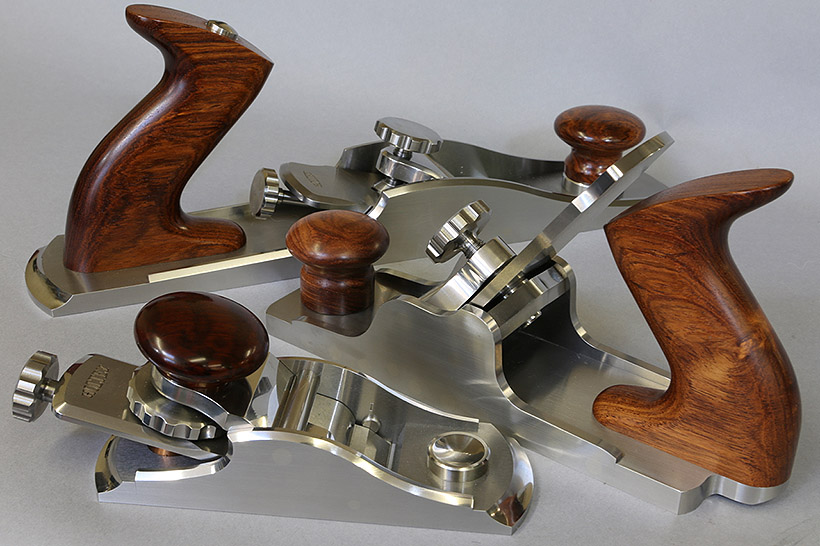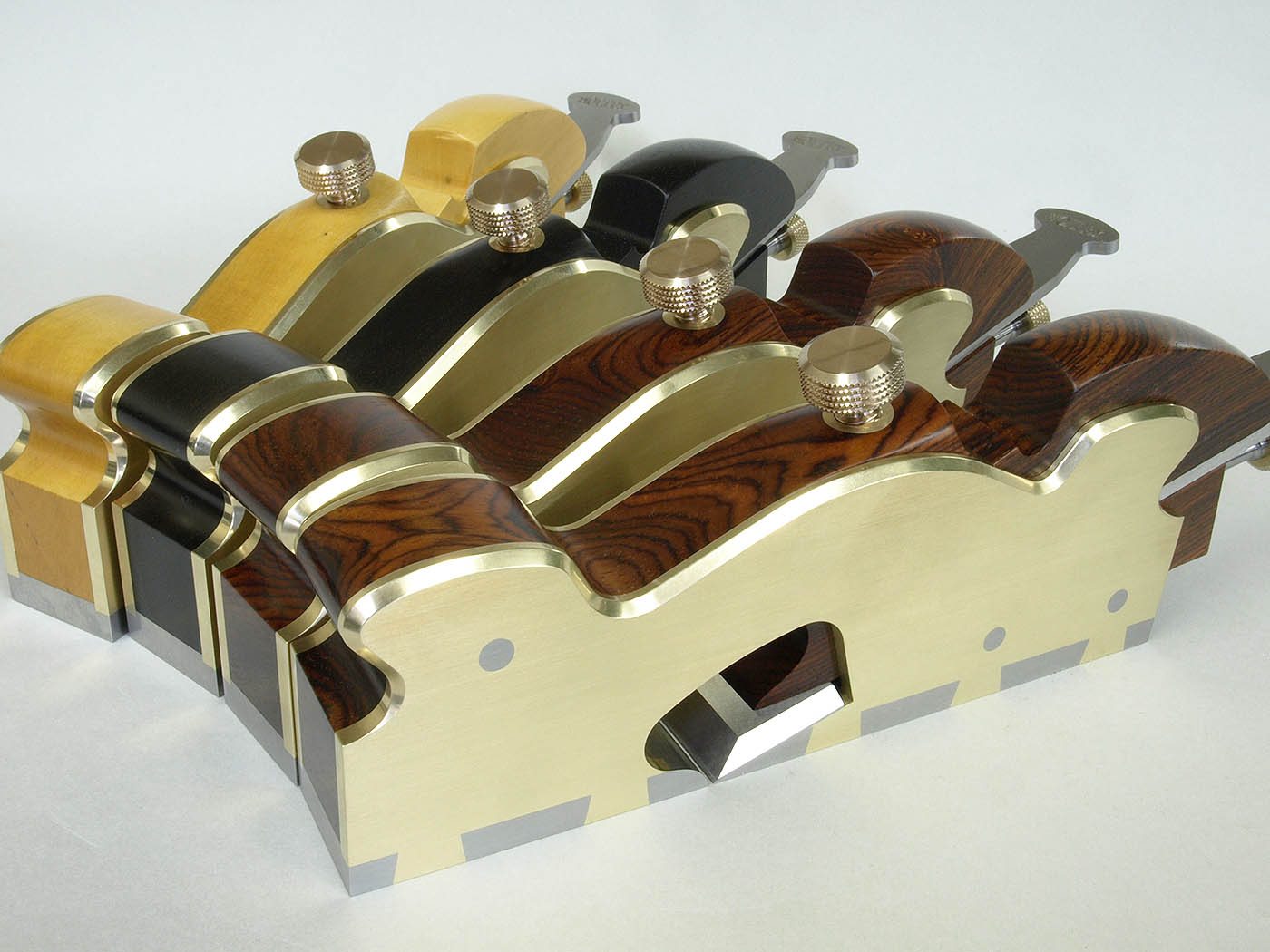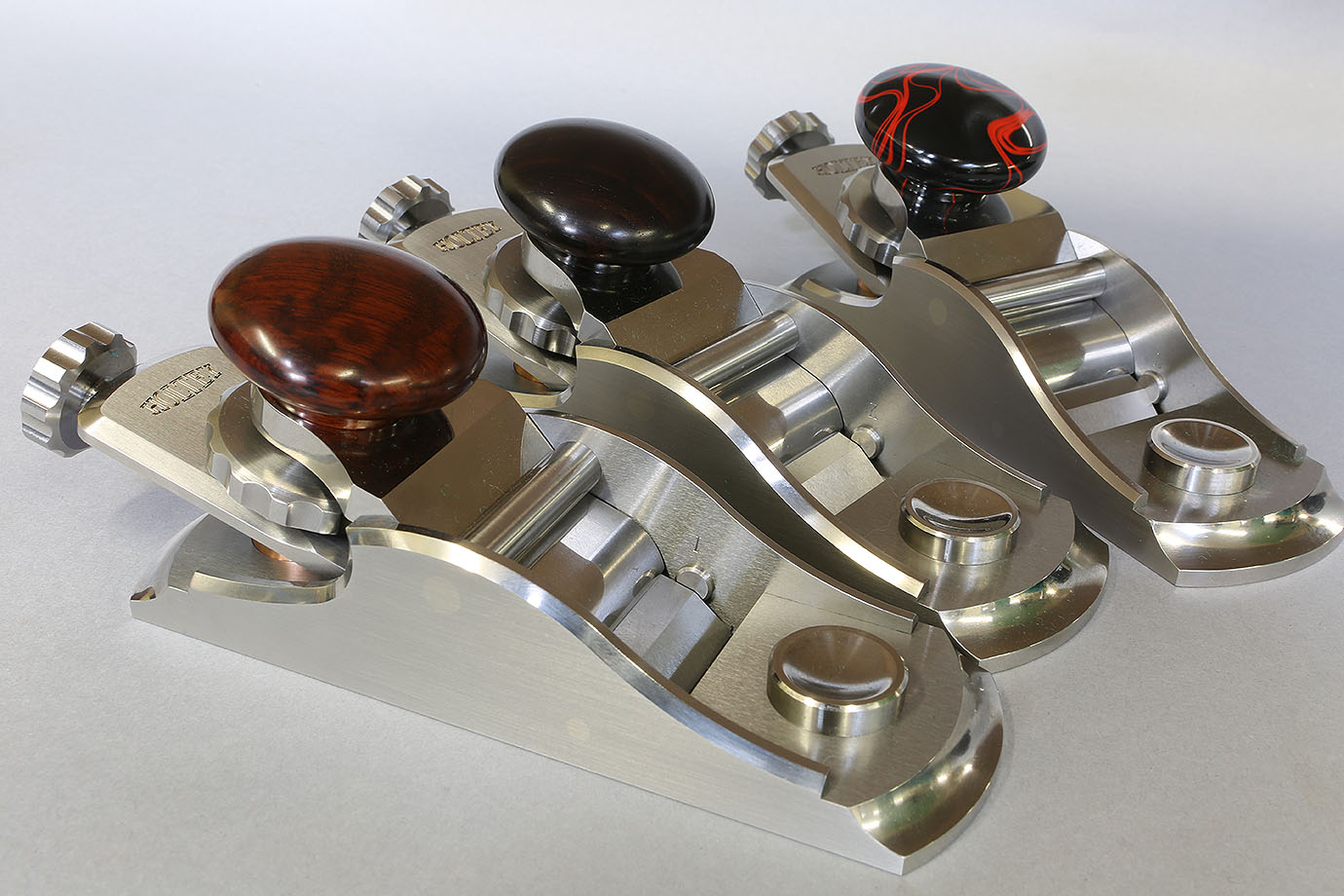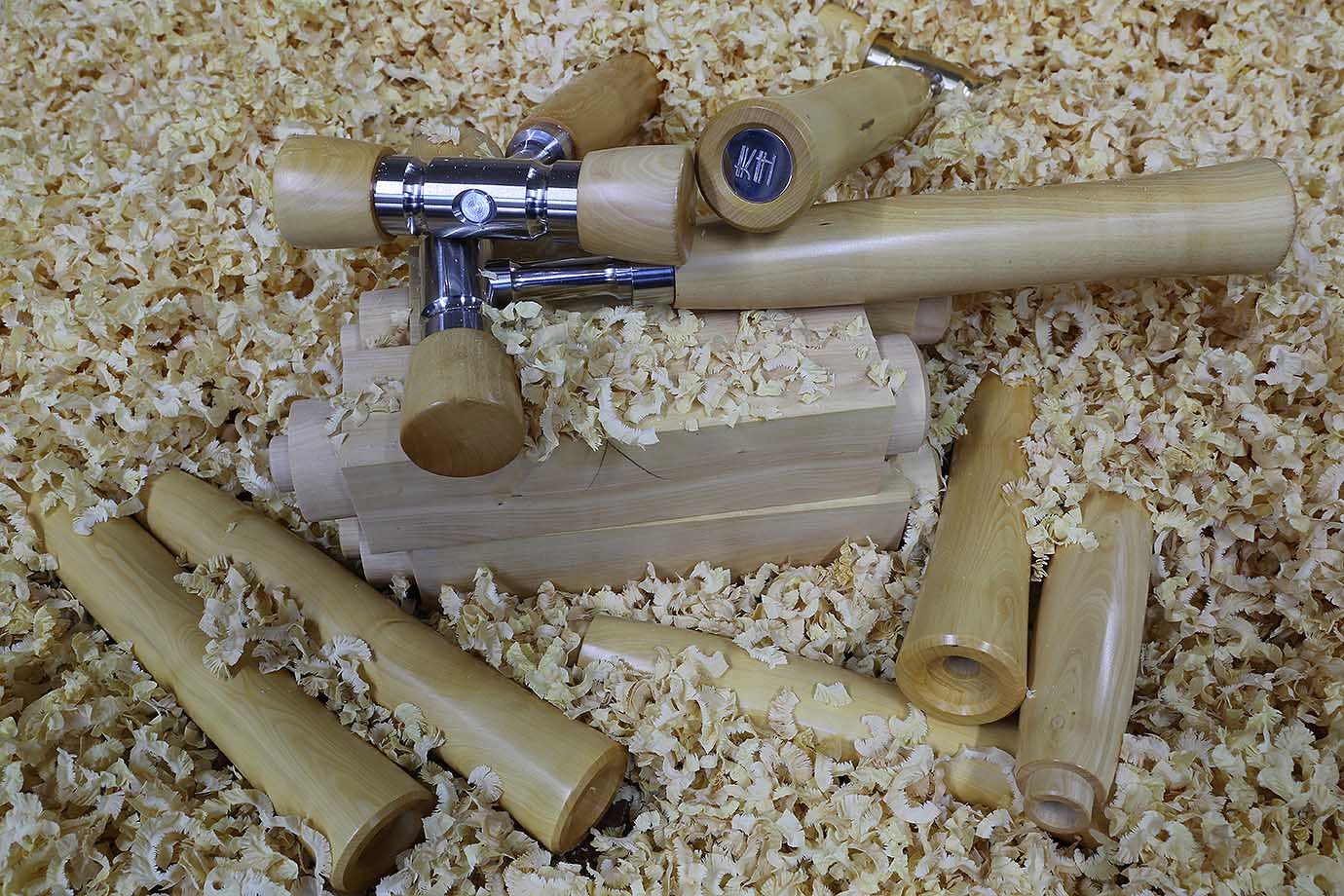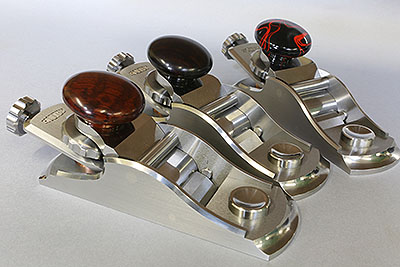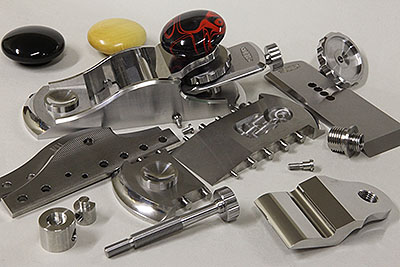
Holtey Classic Hand Planes
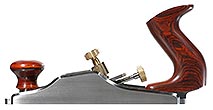
precision engineering without compromise
Final No.983 Block planes
After I have finished my current work on the Spiers Shoulder planes I am planning to make one last batch of my No.983 Block Plane.
I am expecting to start work on these in the autumn and have them available for delivery by the end of the year. The decision to make a
final run of block planes is partly a result of interest from customers who missed out on my first No.983 planes. However it is mostly because
the No.983 of all my 98 series designs is the most pleasing from both an engineering and aesthetic standpoint. My own testing, feedback from
owners and reviews confirm that the No.983 is indeed a joy to own and use.
Please contact me to discuss price, availability and to make your reservation.
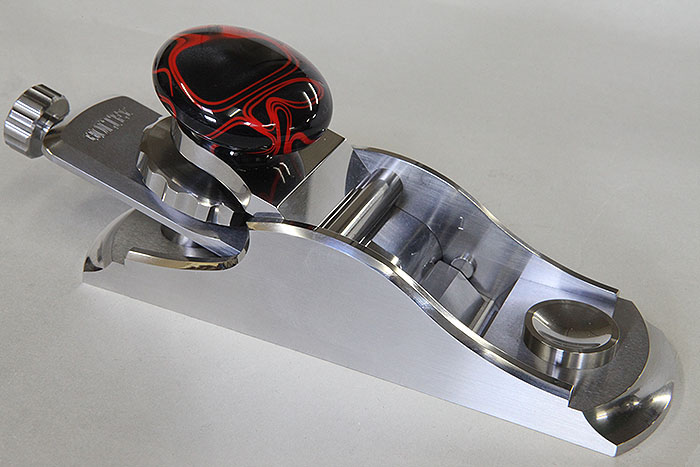
No.983 Block plane
The qualities I was looking for were: simplicity, elegance and above all ease of use. One of the planes I looked at had an overall height of 2 1/2" and was noticeably more comfortable to the hand, giving a positive drive for the plane without having to pinch the sides too hard. This height is just right and truly feels comfortable and positive in use.
You will notice how the blade chamfer, the profile of the sides and the rear cutaway of the lever cap combine to allow easy access to the clamping wheel, whilst removing any possibility of contact with sharp edges. The open access to the clamping wheel makes blade adjustment or removal of lever cap, blade and adjuster so easy. I feel that the curves of the side panels flow nicely to give this plane a pleasing retro styling.

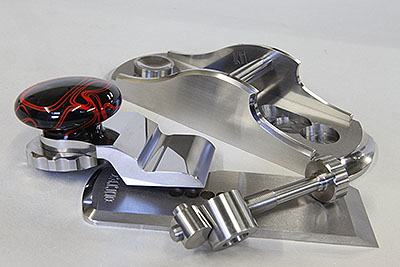
Bridge and lever cap
The lever cap has a recess cut (see photograph above) which engages with the bridge, thus providing further stability without any movement in the palm rest. I choose to use a low finger rest as I believe that this provides a much better feedback in use.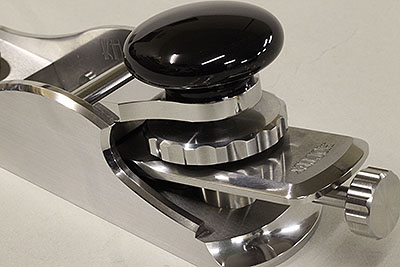
The circular cross section bridge has become a distinctive feature of my planes of late. It is fixed in place using integral riviting - the same technique used to join the sides to the sole which gives superior strength and ridgidity compared to more traditional fixing methods.
Adjuster
The adjuster recess is milled along with the blade bed - both surfaces are in true station, I decided not to fix the adjuster as it only needs to be positioned.
The adjuster will support the rear end of the blade in line with the frog which makes up the blade bed. The adjuster is allowed to rotate and position the blade,
this system was also used on the No.98 (excluding the retaining screw).
With this plane I have returned to integral riveting as first used on the N0.98 (also fabricated from stainless).
The rivets have a small leading chamfer which also helps to prevent splitting when it comes to peining.

